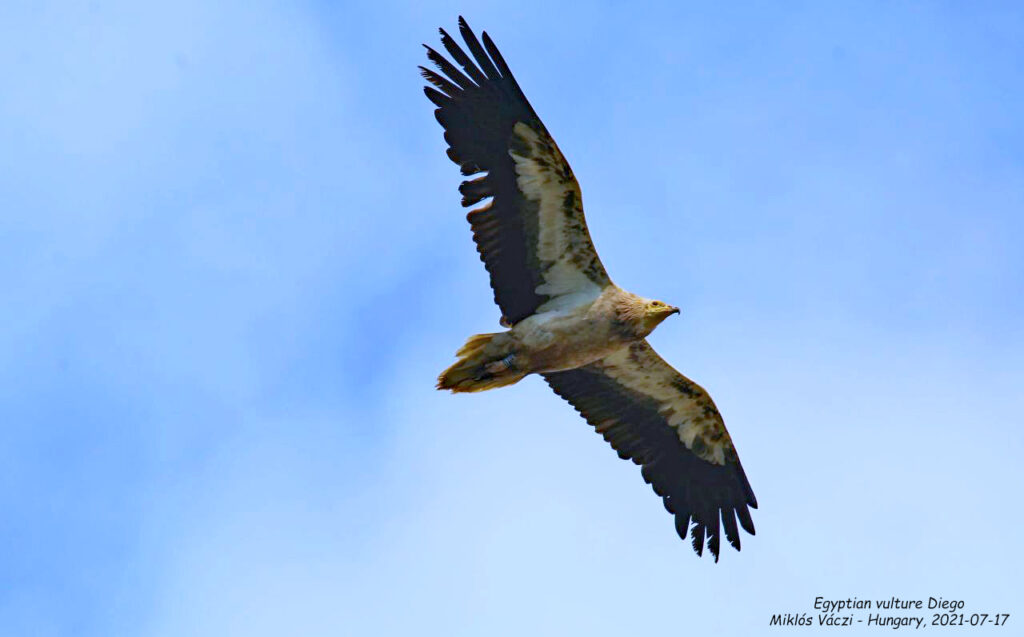On 4 September 2022, the Egyptian vulture Diego was found dead under the pole of a medium-voltage power line in the Pollino National Park in Calabria.
The autopsy report from the Istituto Zooprofilattico Sperimentale del Mezzogiorno confirmed electrocution as the cause of death, but Diego’s fate was nevertheless sealed: chemical toxicological analyses ascertained that he tested positive for coumarin anticoagulants, with the presence of brodifacoum and difenacoum in samples of his liver.
These are rodenticides that, within a few hours or a few days, irreparably damage the liver by inhibiting the recycling of vitamin K1 and the synthesis of certain clotting factors.
The two biocides that Diego ingested are freely available and therefore are found in commercial products that are spread to kill mice and rats. These products, however, pose a huge risk to any predatory or necrophagous animals that may feed on the dying or dead rodents that have ingested these toxic substances. In addition, brodifacoum and difenacoum are also often used in the illegal preparation of poisoned bait intended to kill wild or domestic animals.
Diego was therefore unlucky enough to run into two of the most fearsome threats to necrophagous raptors: poison and electrocution.
The young vulture, born in the spring of 2018, had been released in Basilicata in 2019 and had lived a very interesting life since then. After two winter seasons in Sicily, Diego made incredible journeys in Eastern Europe in the spring-summer of 2021 and then migrated to Chad to spend the winter of 2021–2022 there. Diego had returned to Italy in May 2022 and remained there until the end of the summer; when electric current and poison pellets prematurely ended his life, he had just begun his autumn migration to Africa.


